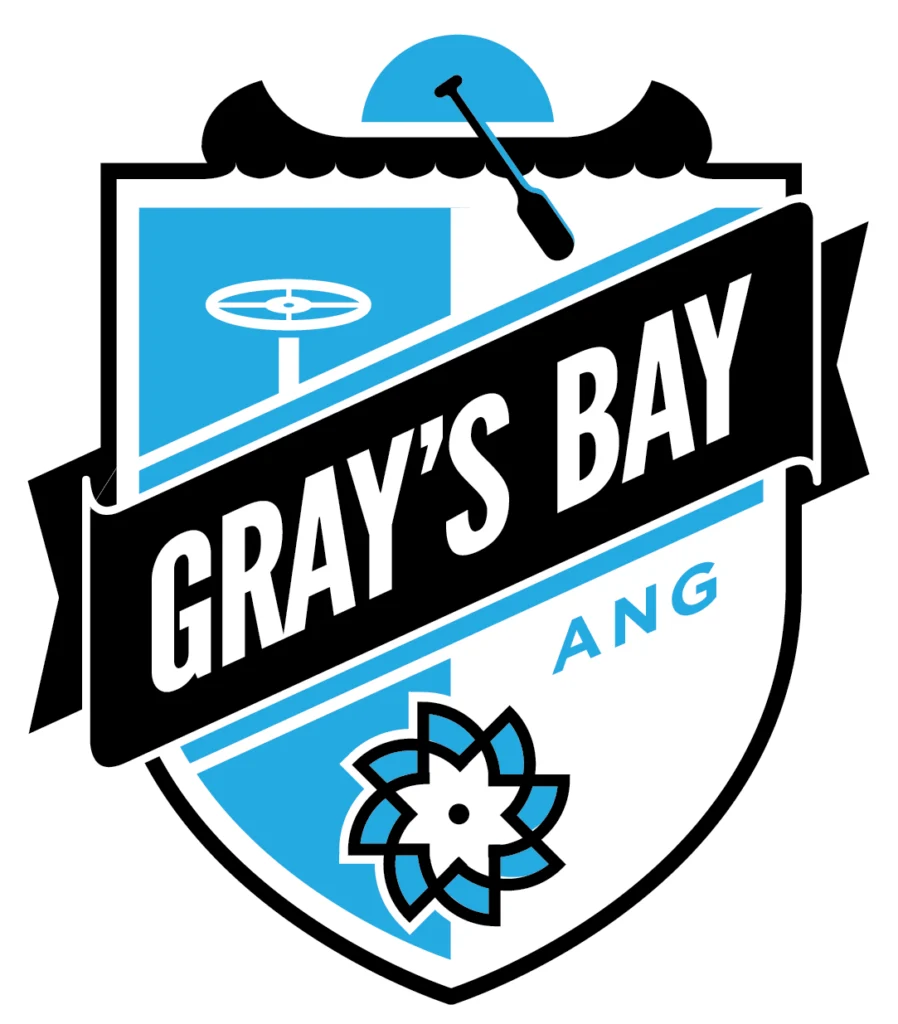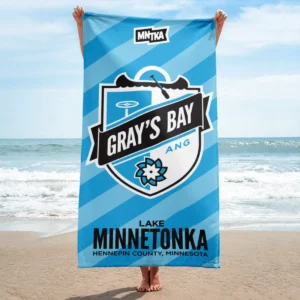Supplying the headwaters of Minnehaha Creek, Gray’s Bay is Lake Minnetonka’s lowermost bay before its water is shed to the lake’s only outlet. It is also Lake Minnetonka’s furthest east bay, making it the closest (geographically) to the city of Minneapolis.
Gray’s Bay is home to the Gray’s Bay Dam, the water control structure that serves to regulate the water level of Lake Minnetonka and the surrounding watershed. The Shoreline of Gray’s bay falls under 3 municipalities: The City of Wayzata, The City of Minnetonka, and the City of Woodland.
Onomatology
Gray’s Bay is named after settler, craftsman and millwright Amos Nixon Gray. It was know as “Gray’s Lake” in early cartography.
History
Amos Gray settled near Gray’s bay in 1853, opening a sawmill on Minnehaha creek and later a store in present day Wayzata, MN. Amos Gray held a local public post and oversaw the construction of Minnetonka Blvd (MN Highway 5). He was married to Susan Chowen Gray, whose family was among the first known settlers of Lake Minnetonka.
Prior to European settlers, Gray’s bay was an important bay to the Mdewankanton, a local band of Dakota. The bay was known to be rich in wild rice, an important source of food to The Dakota people. In 1822, the teenagers William Snelling and Joseph Brown paddled up Minnehaha Creek from Fort Snelling, entering into Gray’s Bay and discovering the existence of Lake Minnetonka, more than 20 years prior to the first settlers. Until that point, The Dakota had kept the lake a secret.


